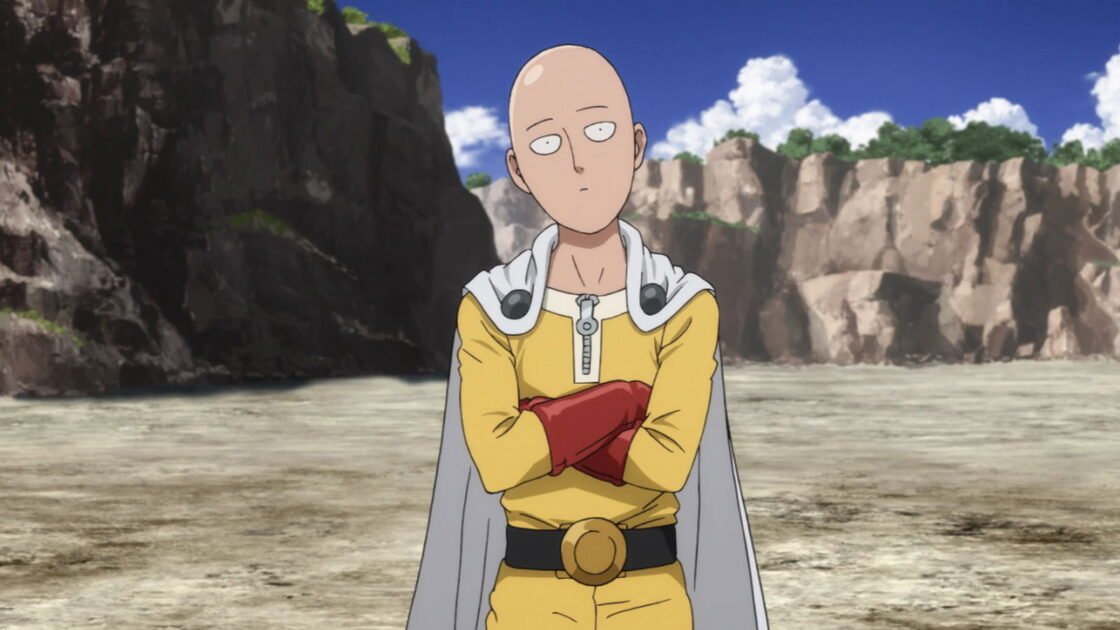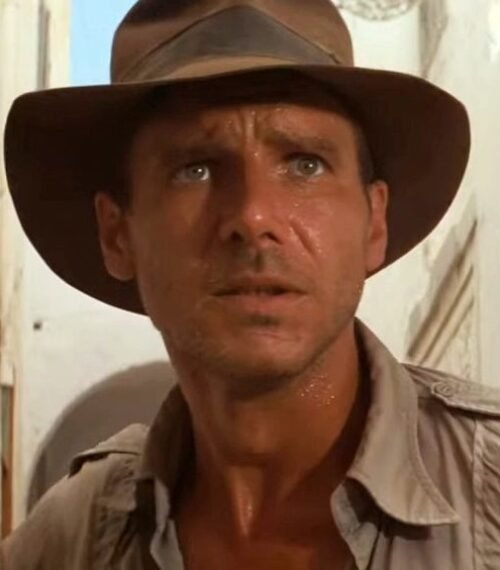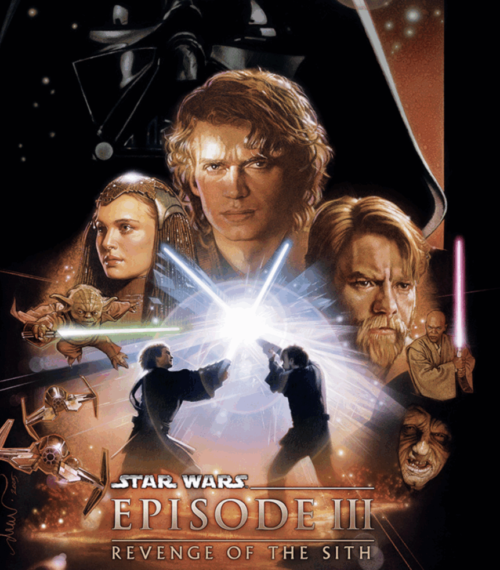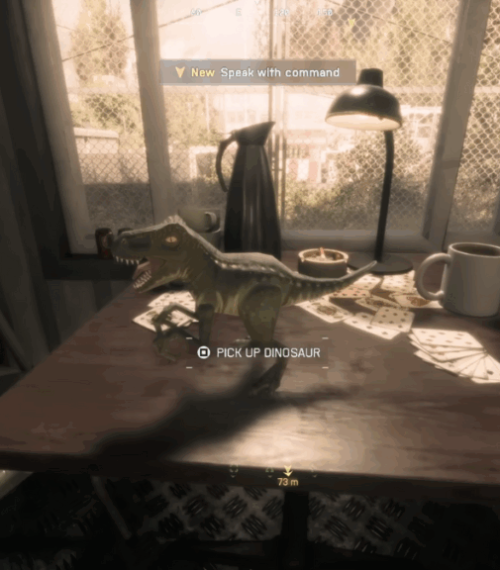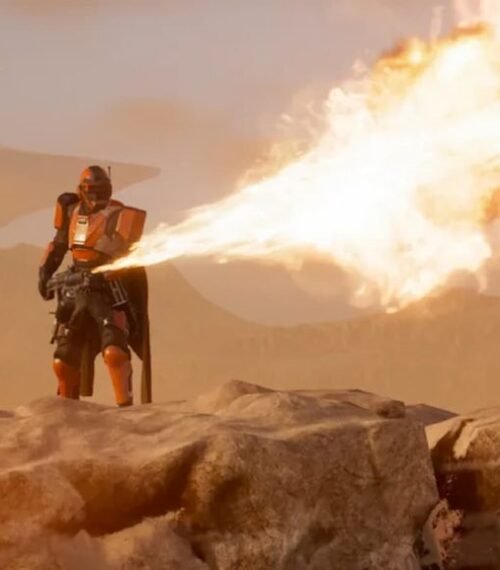The difference between One Punch Man season 1 and One Punch Man season 2 was jarring for many fans. While the first installment was spectacular under Madhouse’s production, with visually stunning frames and animation quality, J.C. Staff, the studio for season 2, couldn’t do enough justice to the sequel.
Now that J.C. Staff has returned to animate One Punch Man season 3, fans desperately hope the studio will pay heed to its earlier issues to rectify them. Here is a full list of mistakes in One Punch Man season 2 that the anime studio needs to learn from to ensure a better season 3.
1. Bad Manga to Anime Translation
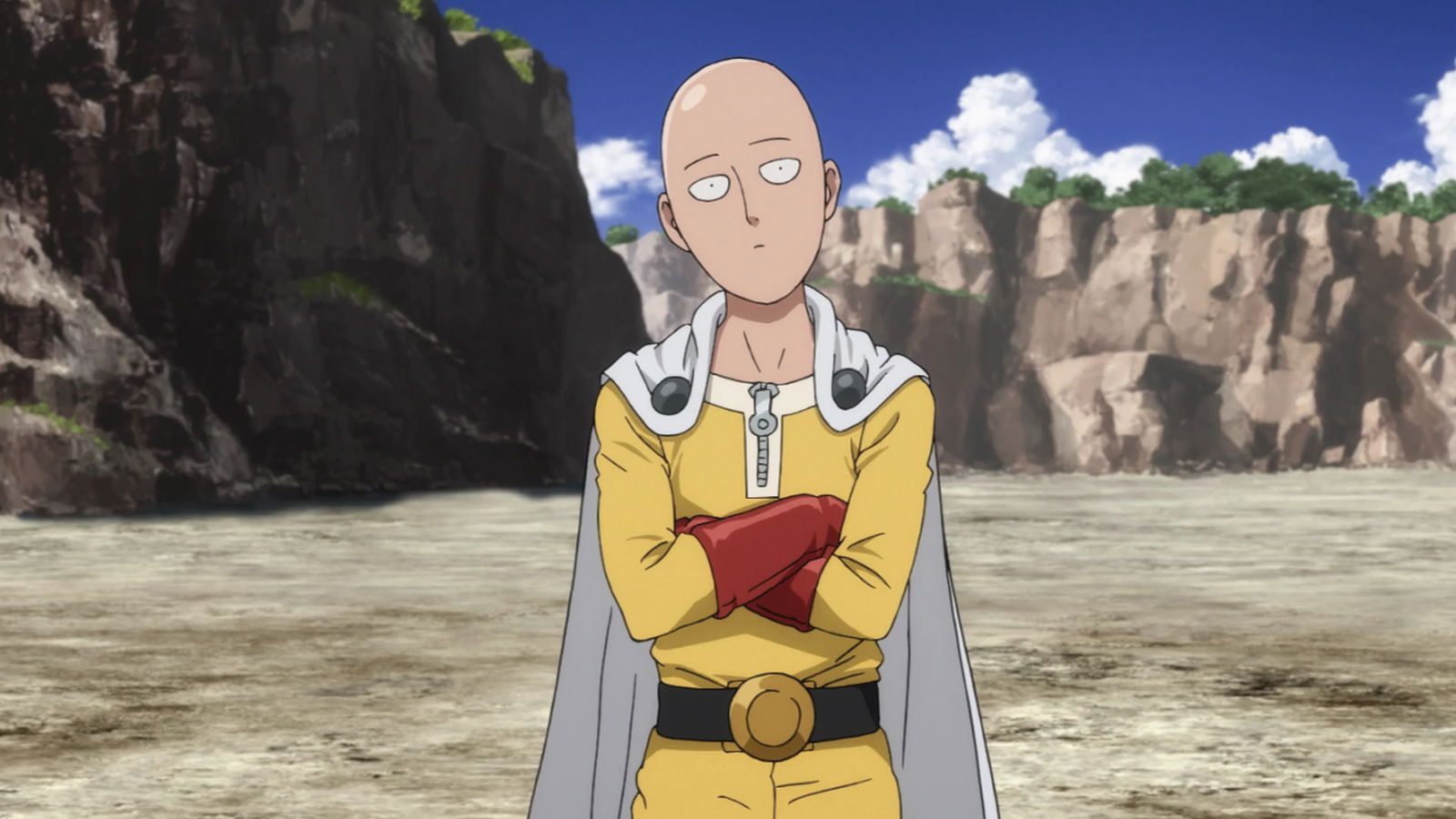
One of the reasons why One Punch Man season 2 did not match expectations was because of how it translated the manga to the animated medium. For example, in the manga’s Metal Bat vs Garou fight, the Metal Bat hitting the ground caused such a strong reaction that it lifted surrounding cars in the air. However, in the anime, it was shown as a simple smoky area. The scene did not look anywhere near as powerful as in the manga.
There are plenty more instances like this. Most of the scenes from the manga were simplified to make it easier to be animated. The downside was the fact that the scenes immediately felt less impactful.
2. Deterioration in Animation Quality
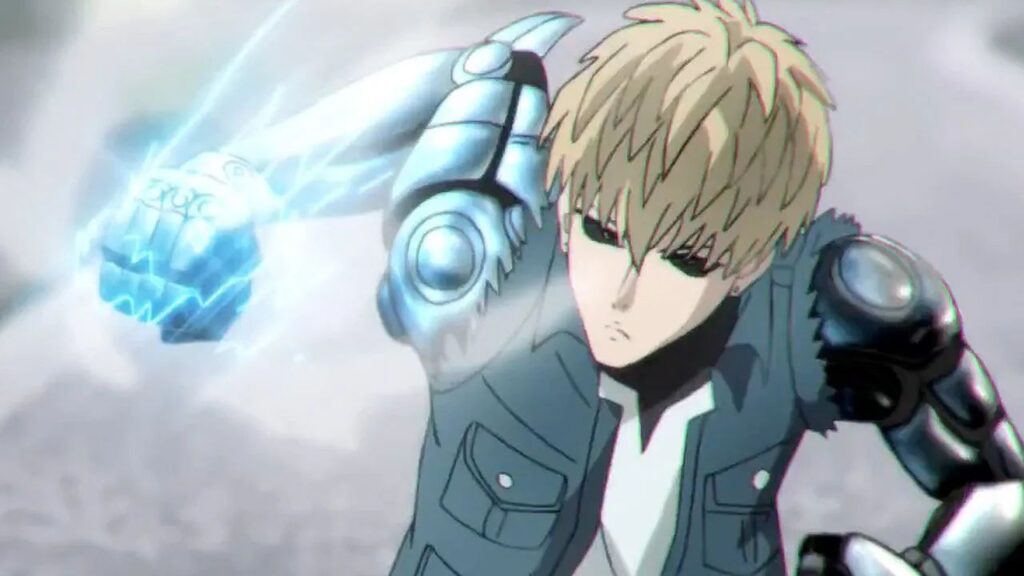
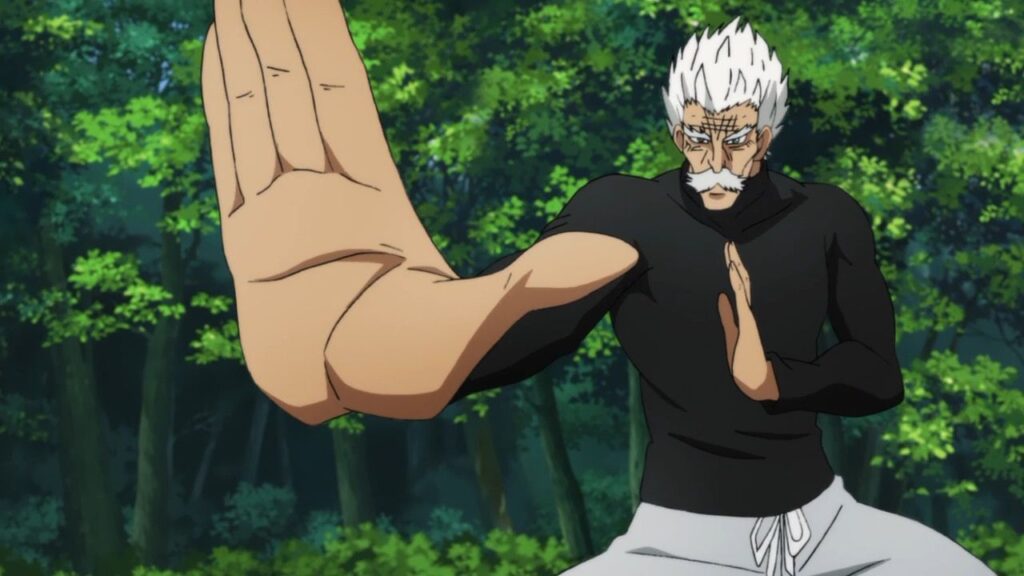


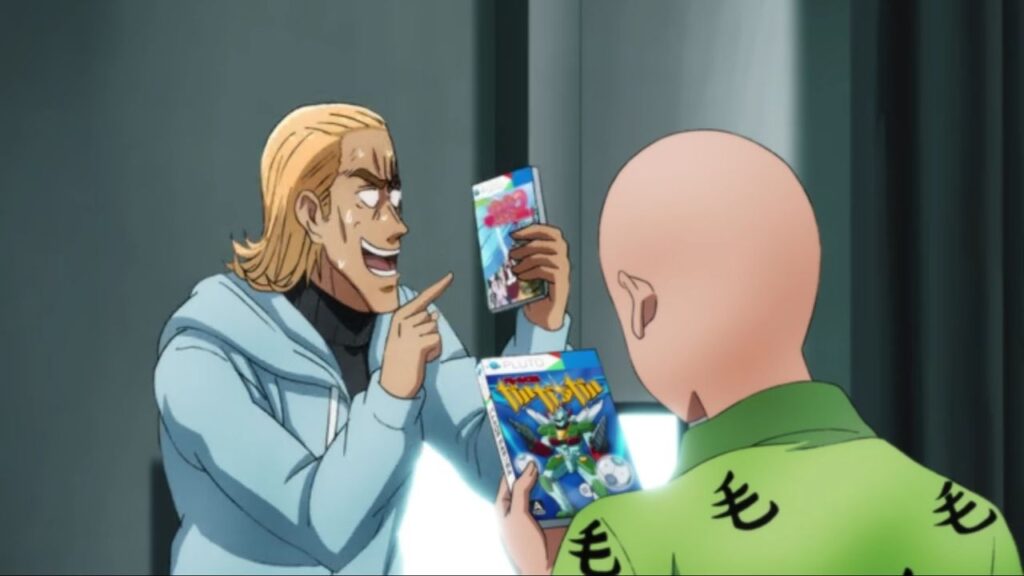
Season 1 had a much smoother frame rate than season 2. From vibrant colors to detailed backgrounds, the episodes maintained their quality without relying on static frames. The expressions of characters, be it Saitama’s deadpan face or the exaggeration of heroes and monsters, perfectly showcased the comedic tone of the series.
Yet, in season 2, the animation quality wildly fluctuated throughout. Some scenes looked fine, while most appeared unpolished or extremely rushed. Even the backgrounds and environments did not look as lush as in season 2.
3. Drastic Difference in Art Style
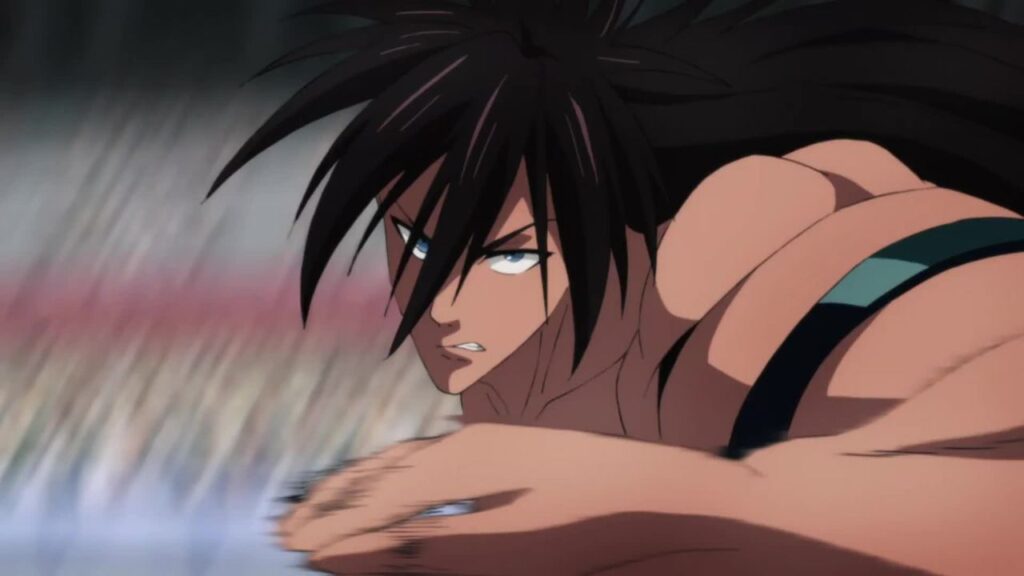
When One Punch Man underwent a change in studios, there was an immediate change in art style. The series drastically changed from appearing sophisticated to resembling a generic anime with low-quality production. Season 1 featured crisp linework, and details showed that special attention had been paid to the manga’s art style.
All of Saitama’s cartoonish expressions contrasted with the hyper-realistic monsters and heroes. Of course, the art quality remained high throughout season 1. However, in season 2, the art style felt less refined. The reduction in details became immediately noticeable. Thus, season 2 had a flatter impression.
4. Unsuitable Sound Effects
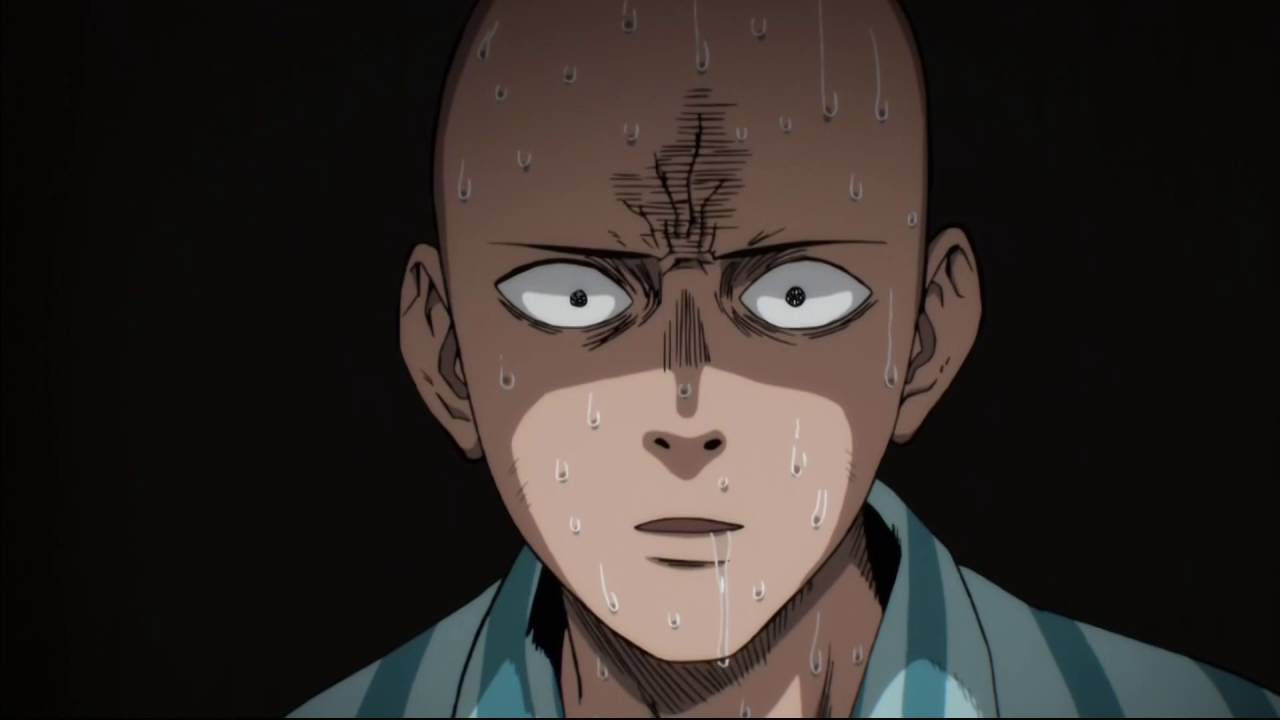
There was a huge difference in the sound effects of seasons 1 and 2 of One Punch Man. The sound design for battles felt resonant. Whether it was Saitama’s punches or the tantrums thrown by the villains, every step taken in season 1 had accurate background sound. The sound effects were also in sync with the animations, background, and other factors.
Whereas in season 2, the series suffered from extremely generic sound effects. Fans have complained of punches sounding like guns or swatting flies. The sound mixing also altered the overall atmosphere, and the climactic moments lacked their usual impact because of it.
5. Unsatisfactory Action Scenes
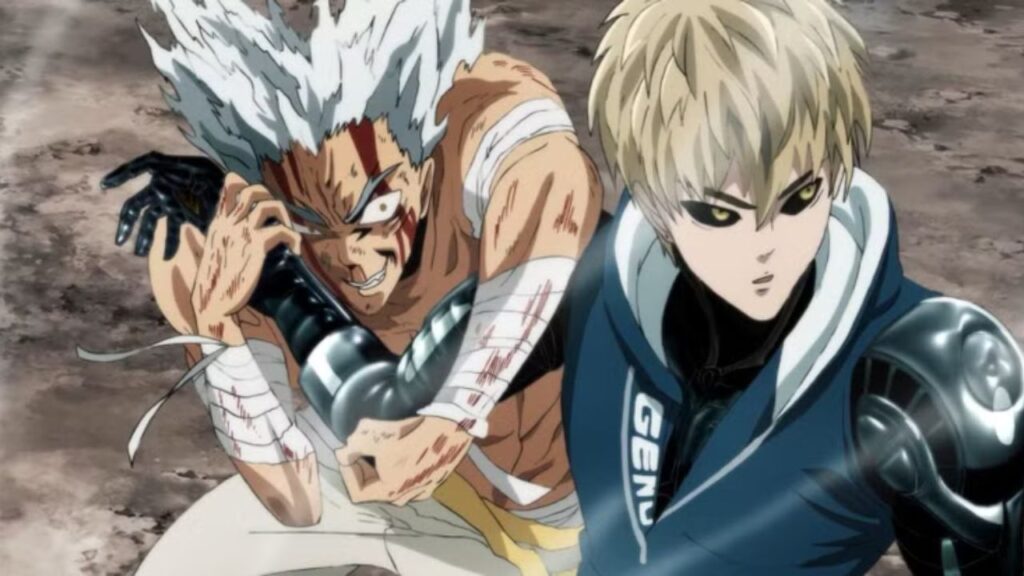
OPM season 1 had choreography as smooth as butter. The battles were praised for their seamless animation and dynamic movements. Viewers could feel the impact of the punches through the screen, and the intricate movements perfectly replicated the manga.
Season 2, on the other hand, had extremely choppy battle scenes. The action scenes lacked fluidity and also relied heavily on still shots of recycled frames. The choreography also felt more simplified. The impact felt in season 1 was absent.
6. Mismatch Between Hype and Final Anime
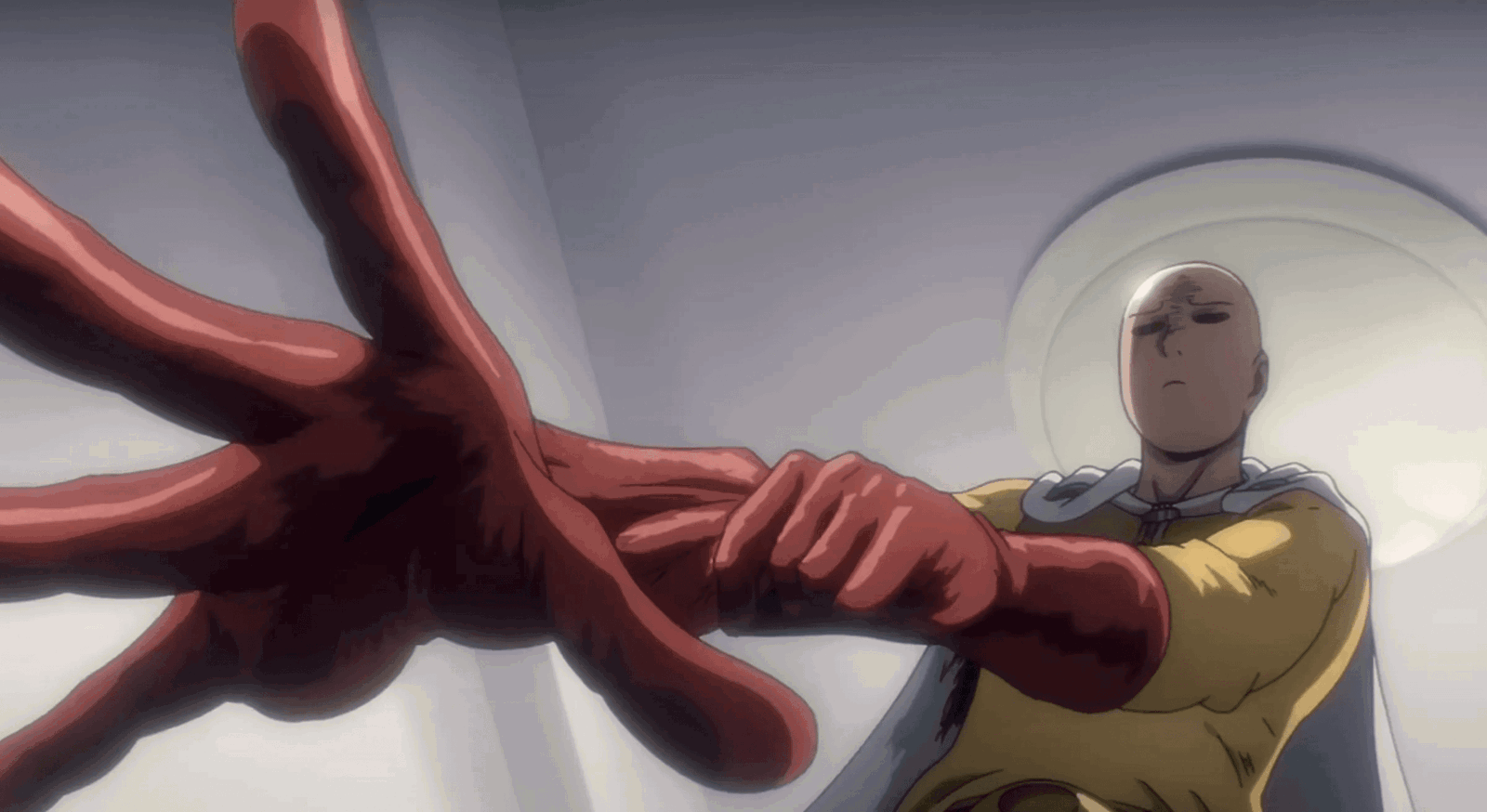
The trailer and visuals for One Punch Man season 2 created a huge hype for fans who have been waiting for the sequel. The near-perfect adaptation by Madhouse had already raised expectations. The years of gap between the two seasons also raised the anticipation factor. The delay in the delivery made fans think that it was because the studio was working on a more polished product.
Yet, when season 2 was delivered, fans quickly realized that the hype was for nothing. Season 2 failed to meet the expectations of fans, which made them feel more disappointed than ever. The gap between the hype and reality stung, and season 2 failed to deliver.
7. Shortened/Omitted Scenes
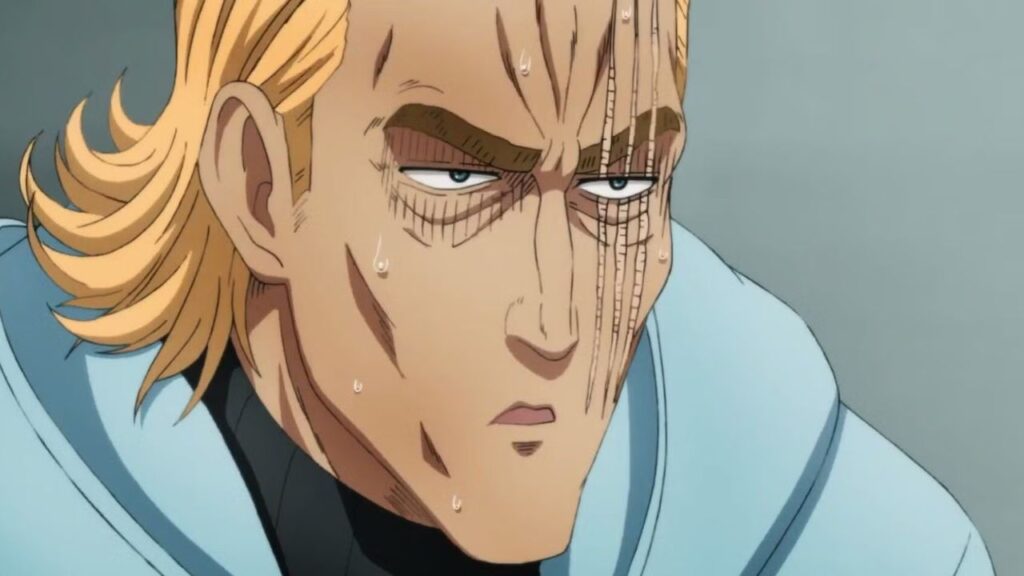
Season 1 of One Punch Man was a near-perfect adaptation of the manga. It balanced the humor, action, character-driven moments, and more. Every scene flourished on its own. Some of the choreographies and scenes were also extended to realize their entire weight. Madhouse even included the most minor manga panels, which ensured a beautiful overall adaptation, leaving fans with no room to complain.
Yet, in season 2, the arcs and scenes were rushed, and some scenes were omitted. Some characters got less screentime, and many scenes from the manga were either cut short or omitted entirely from the anime. This oversimplification was not received well by the fandom at large.
8. The Absence of Saitama
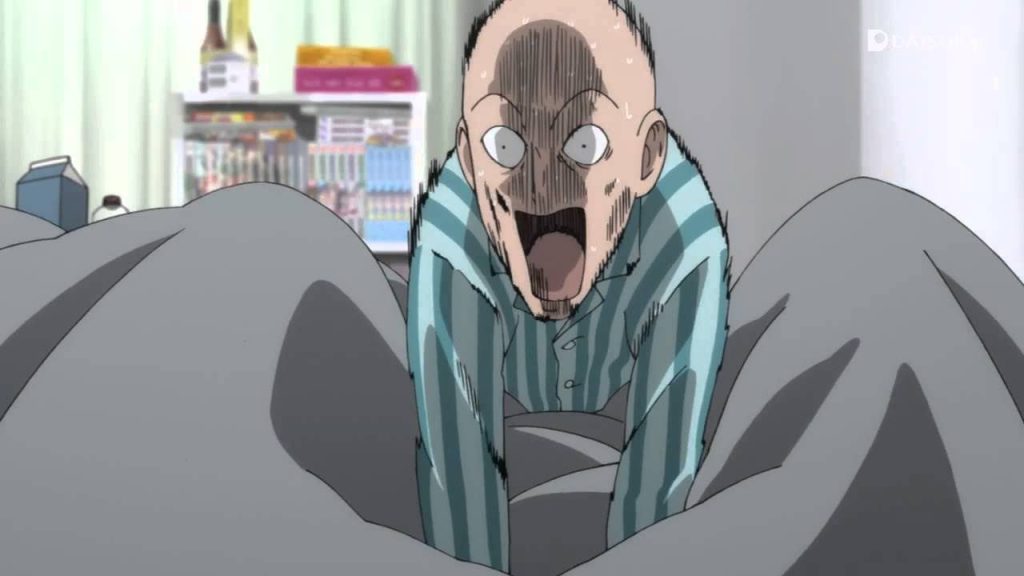
While this isn’t specifically a J.C. Staff issue, Saitama appeared a lot less in One Punch Man season 2. In season 1, Saitama was the focal point of the story. He appeared consistently throughout the episodes, whether it’s in major action scenes or for mundane details like shopping for getting mad for missing supermarket sales. Fans watch OPM for Saitama, and season 1 had plenty of him.
In season 2, Saitama’s appearances became a lot less. His casual interactions with other characters were cut short. Thus, the anime felt like any other Shonen series rather than the comedic and comfy series that people loved it for. With Saitama being the biggest comic factor of the show, his lack of appearance felt disappointing.
9. The Show Became What it Was Parodying
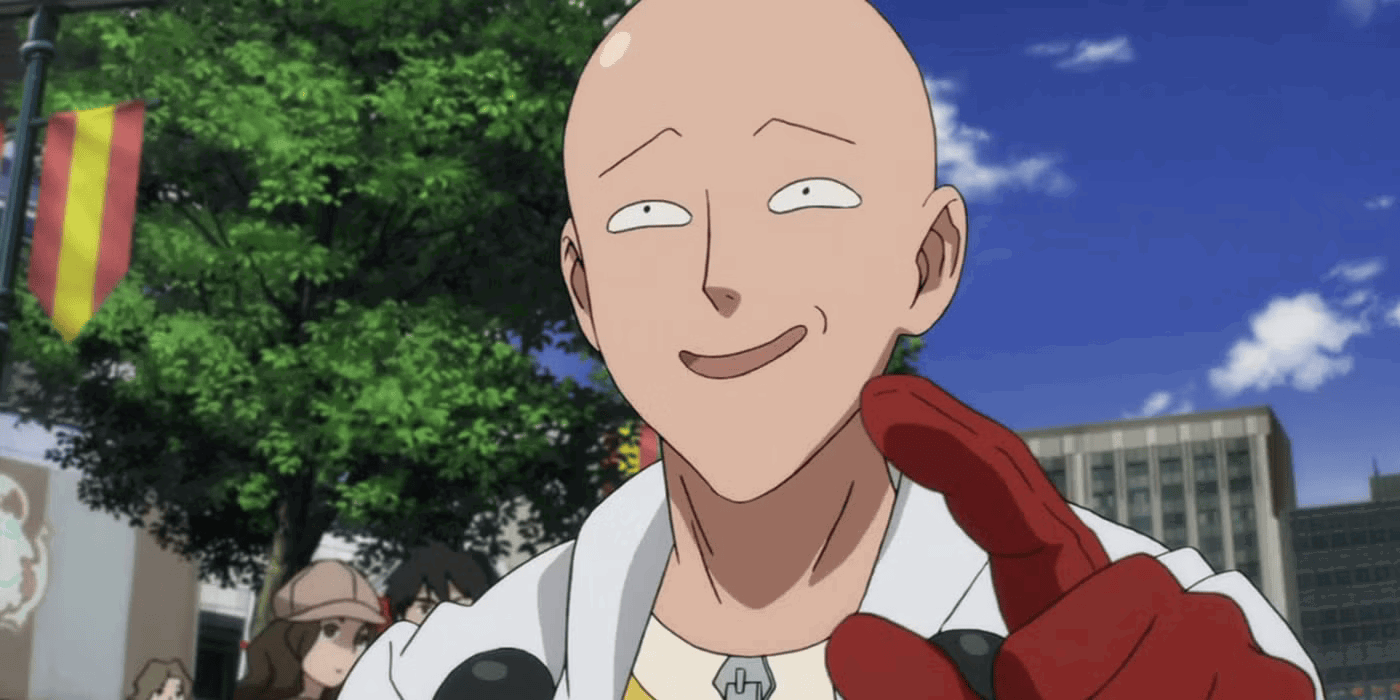
One Punch Man season 1 was a parody of the absurdity of anime, filled with heroes and continuous monster attacks. Saitama, who was always bored with monsters and the absurd determination of heroes, made it a fun parody. The show contained self-aware humor and often poked fun at itself.
However, in season 2, the battles became far too generic. The prolonged fights and speeches are the cliches that Saitama goes against. Without his deadpan expressions, the battles became too serious. There was a lack of satire, and season 2 became the overly serious anime that the series was born to mock.
10. Direction and Camera Framework
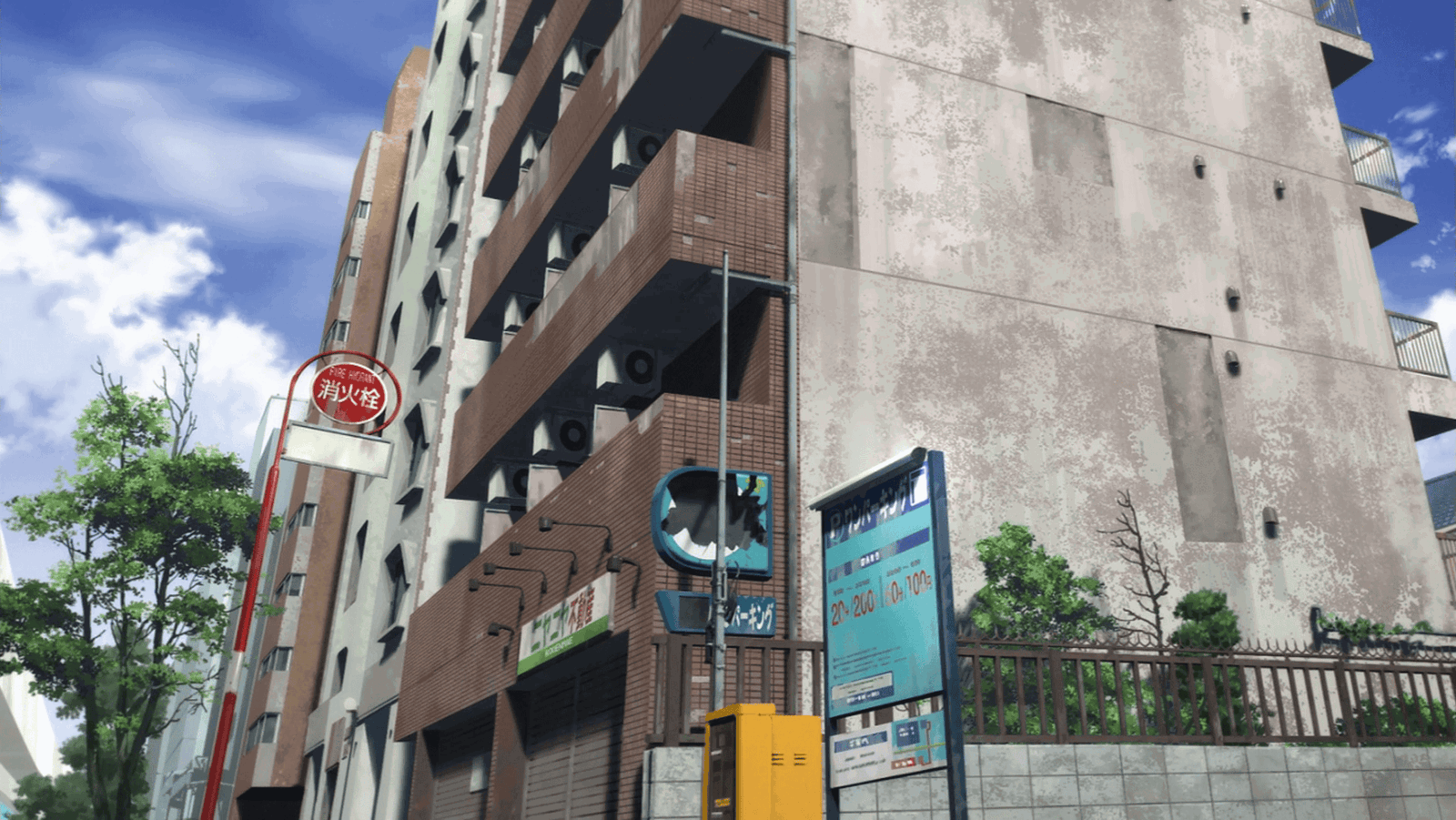
Shingo Natsume directed season 1 of One Punch Man. His other works include Space Dandy, Tatami Time Machine Blues, Sonny Boy, and plenty of other brilliant anime. His impact on One Punch Man was serious. The fight scenes included awesome camera angles, and the creative spirit of the series was appropriately captured through the supposed lens. From the mundane activities to battle scenes, every scenario was captured with smooth shifts and immersive pans.
Yet, in season 2, the direction failed to highlight the series as was expected. There were too many generic frames, and the scenes felt abrupt with little flow between them. Overall, the sequel lacked the creative angles to emphasize its humor as well as its battles.
Here is a table depicting the difference in ratings between One Punch Man seasons 1 and 2:
Thus, One Punch Man seasons 1 and 2 had drastic differences between them, and the shortcomings of J.C. Staff did not go unnoticed. The studio’s uninspired approach to the beautiful franchise failed to match the standards set by Madhouse.
The silver lining to it all is the fact that all of these issues have already been laid out, giving the studio a chance at redemption. Will J.C. Staff improve in One Punch Man season 3? That is yet to be known. Let us know your thoughts about season 3 in the comments below.
One Punch Man anime is currently available to stream on Crunchyroll.

